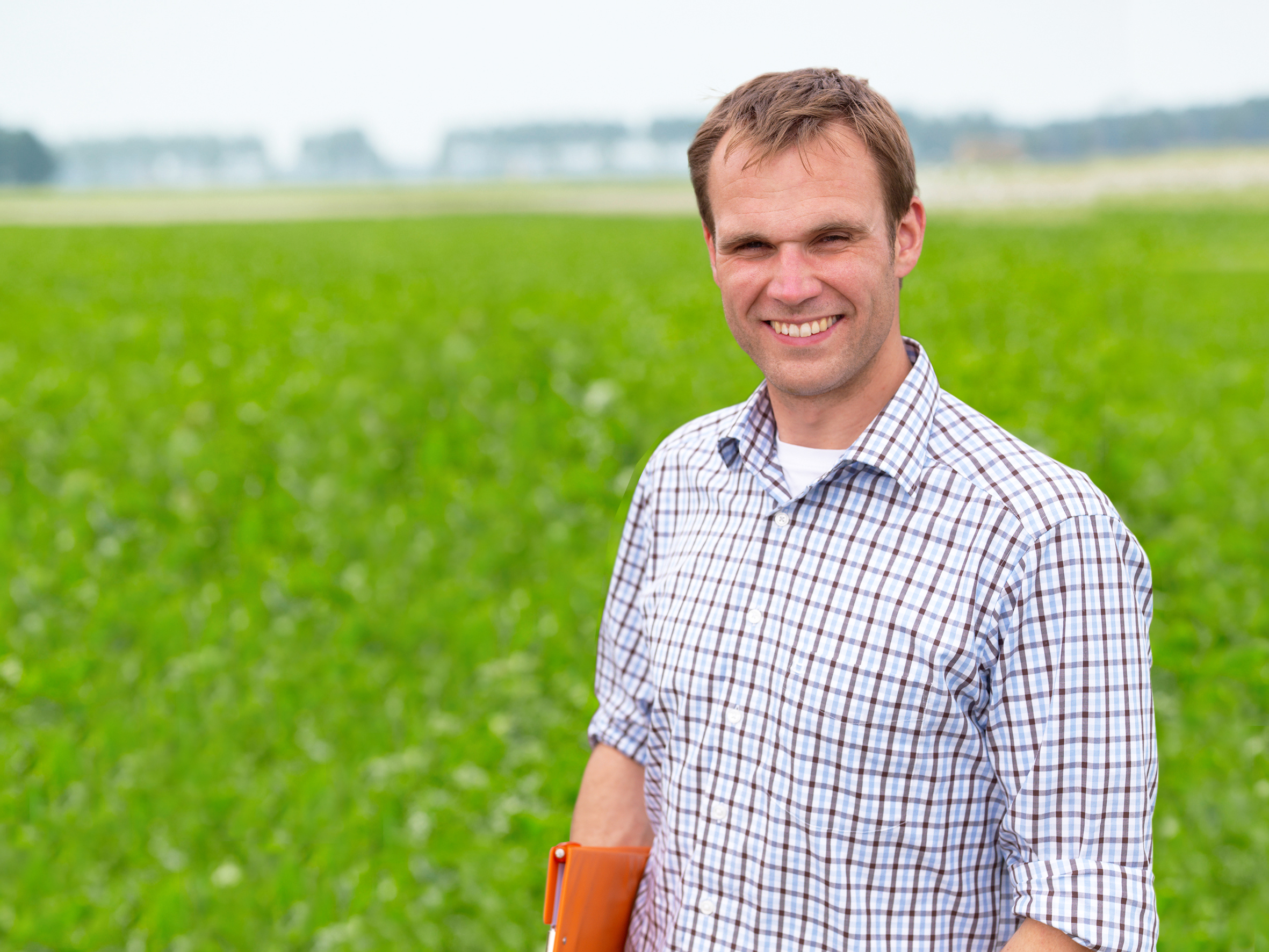Resource-efficient Agriculture
Agriculture using low-input conditions
Our breeding objectives are focused on using fewer pesticides and fertilisers, for example by strengthening the resistance of a plant, building resistance, nutrient efficiencies and cropping properties. The main task of sugarbeet resistance breeding, for example, is to equip future varieties with the most important resistance genes, for respective countries and growing regions. The varieties should be able to protect themselves as far as possible, against pathogens or pests. For many years now, we have also been carrying out low-input trials with maize, using greatly reduced quantities of nitrogen fertiliser, right through to no fertilisation. We select maize varieties that have particularly good nutrient efficiency.
Agrotechnical testing and consulting on soil fertility
Agricultural methods have a significant effect on yields. Therefore, we carry out agrotechnical trials on our farms and testing areas and develop practical recommendations for cultivation - for example, methods that prevent the erosion of soil by wind and water and reduce the removal or leaching of nutrients. The so-called mulch sowing method has been predominantly tried and tested in Germany for the sowing of sugarbeet. With this method, unlike ploughing, the soil is not turned, yet achieves a yield level of the same or higher level than that with ploughing. As representative of the KWS AckerFit product line, we mark the optimal composition of catch crop blends.
Alternatives for plant protection, stress tolerance and nutrient balance
We are dealing increasingly with the importance and practical application of so-called biologicals, as an alternative or supplement to current standard treatment with chemical seed dressing products. This alternative is becoming more and more interesting as a greener, longer lasting and more sustainable effect is expected, compared to chemical seed dressing products. Chemical residue in the soil and unwanted side effects, such as with many chemical seed dressing products, are avoided. In the field of sugarbeet, initial market launch activities for stress-protecting biologicals are already under way in areas with marginal conditions (e.g. Eastern Europe).
Discover more
Your contact







